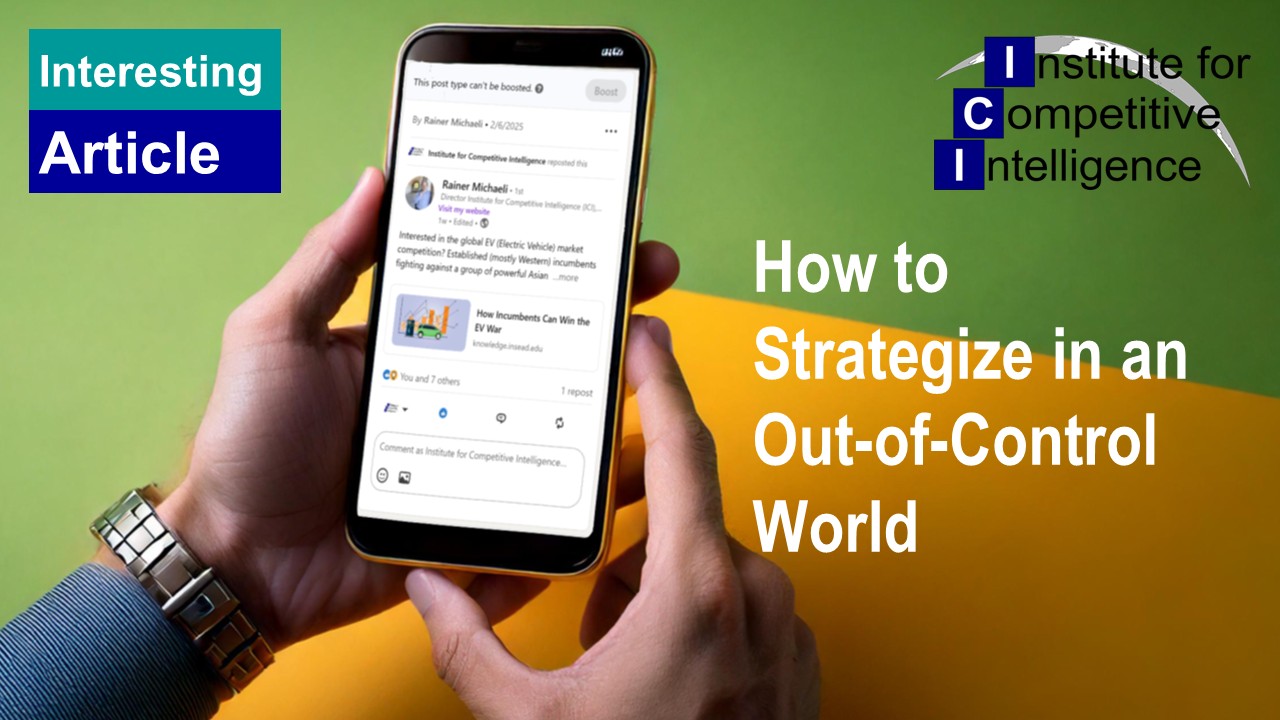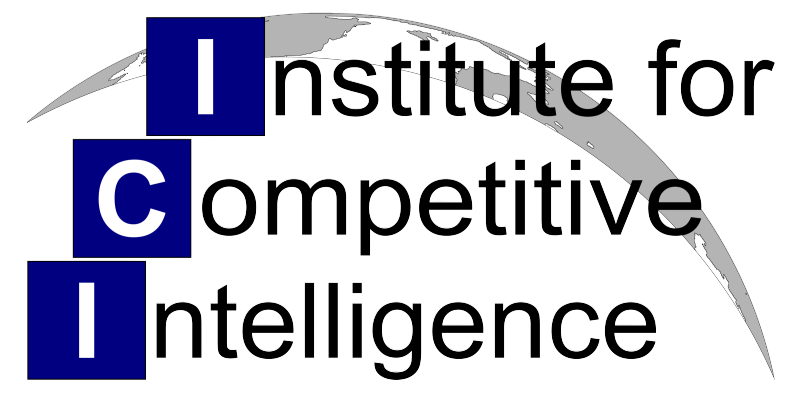How to Strategize in an Out-of-Control World

Invest in Preparedness: Foresight as the Key to Stability
In today's world, shaped by unpredictable forces such as geopolitical tensions, climate crises, and the rapid evolution of artificial intelligence, businesses face unprecedented challenges.











